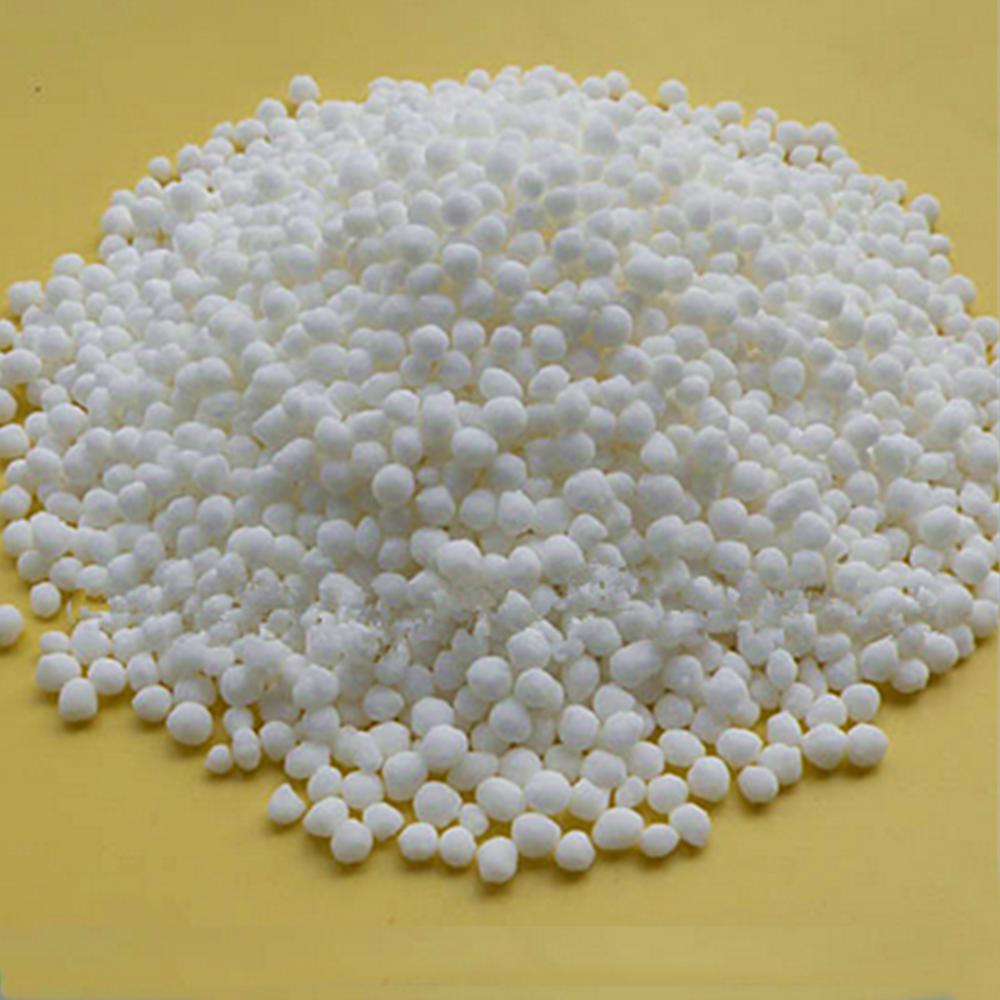



Preparation of 1N NaOH Solution in 100 mL Volume for Laboratory Use
The Significance of 1N NaOH in Laboratory Settings
Sodium hydroxide, commonly known as lye or caustic soda, is a highly versatile and widely used chemical in various industrial and laboratory applications. Prepared as a 1N (normality) solution in a 100 ml volume, 1N NaOH is particularly valuable in titration experiments, neutralization reactions, and other analytical procedures, making it crucial for researchers, chemists, and students alike.
Understanding 1N NaOH
To fully grasp the importance of a 1N NaOH solution, one must first understand the concept of normality. Normality is a measure of concentration equivalent to the molarity of reactive species in a solution. For sodium hydroxide, which is a strong base that fully dissociates in water, 1N indicates that there is one equivalent of solute per liter of solution. Consequently, a 1N NaOH solution effectively contains approximately 40 grams of sodium hydroxide per liter, translating to 4 grams in a 100 ml solution.
Preparation of 1N NaOH
The preparation of a 1N NaOH solution is a straightforward process but must be done with care due to the caustic nature of sodium hydroxide. The preparation involves dissolving 4 grams of solid NaOH in sufficient distilled water to make a final volume of 100 ml. It is essential to add NaOH to water, not the other way around, to prevent exothermic reactions that could cause splattering. Always wearing safety goggles, gloves, and protective clothing is crucial when handling NaOH, as it can cause severe chemical burns.
Laboratory Applications
1n naoh 100ml

1N NaOH solutions are pivotal in various laboratory applications. One primary use is in acid-base titration, where NaOH serves as a titrant to determine the concentration of an acid. By gradually adding the NaOH solution to a known volume of the acid, the point at which neutralization occurs (indicated by a change in pH) can be determined. This data is invaluable for calculations in stoichiometry and for understanding the properties of various substances.
In addition to titrations, 1N NaOH is also utilized in the neutralization of acidic waste in laboratories. Many chemical processes generate acidic by-products, and neutralizing these with NaOH can help maintain a safe and compliant working environment. Furthermore, 1N NaOH is employed in various density and pH-related experiments, serving as a control for calibrating instruments and conducting research.
Safety Precautions
While 1N NaOH is a standard laboratory solution, safety must always be a top priority. As a corrosive agent, it poses risks to skin, eyes, and respiratory health. In the event of contact, it is vital to rinse the affected area with plenty of water and seek medical attention if necessary. Laboratories should have adequate safety equipment, including eye wash stations, safety showers, and chemical spill kits. Proper signage indicating the presence of hazardous materials should also be displayed prominently.
Conclusion
In conclusion, the 1N NaOH solution prepared in 100 ml volume is an essential component in various chemical processes and laboratory experiments. Its applications range from neutralization reactions to titration, making it invaluable for accurate and efficient scientific research. However, the reactive properties of sodium hydroxide necessitate respect and caution when handling it. By understanding its significance and implementing safety measures, users can confidently utilize 1N NaOH to enrich their scientific endeavors while ensuring a secure laboratory environment.
-
Why Sodium Persulfate Is Everywhere NowNewsJul.07,2025
-
Why Polyacrylamide Is in High DemandNewsJul.07,2025
-
Understanding Paint Chemicals and Their ApplicationsNewsJul.07,2025
-
Smart Use Of Mining ChemicalsNewsJul.07,2025
-
Practical Uses of Potassium MonopersulfateNewsJul.07,2025
-
Agrochemicals In Real FarmingNewsJul.07,2025
-
Sodium Chlorite Hot UsesNewsJul.01,2025










